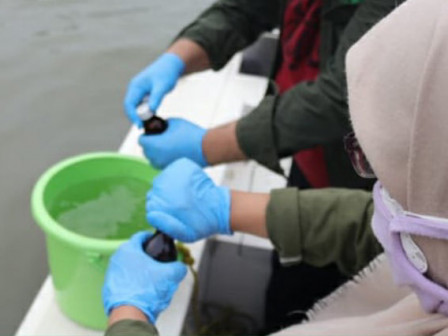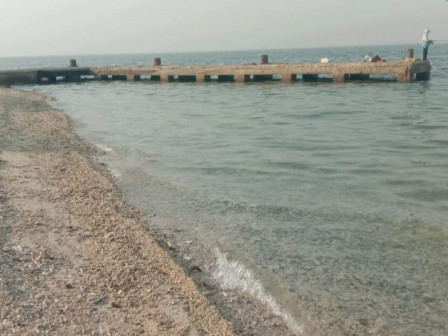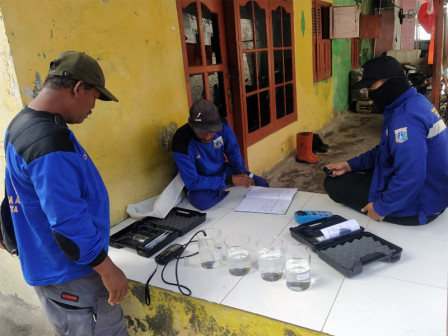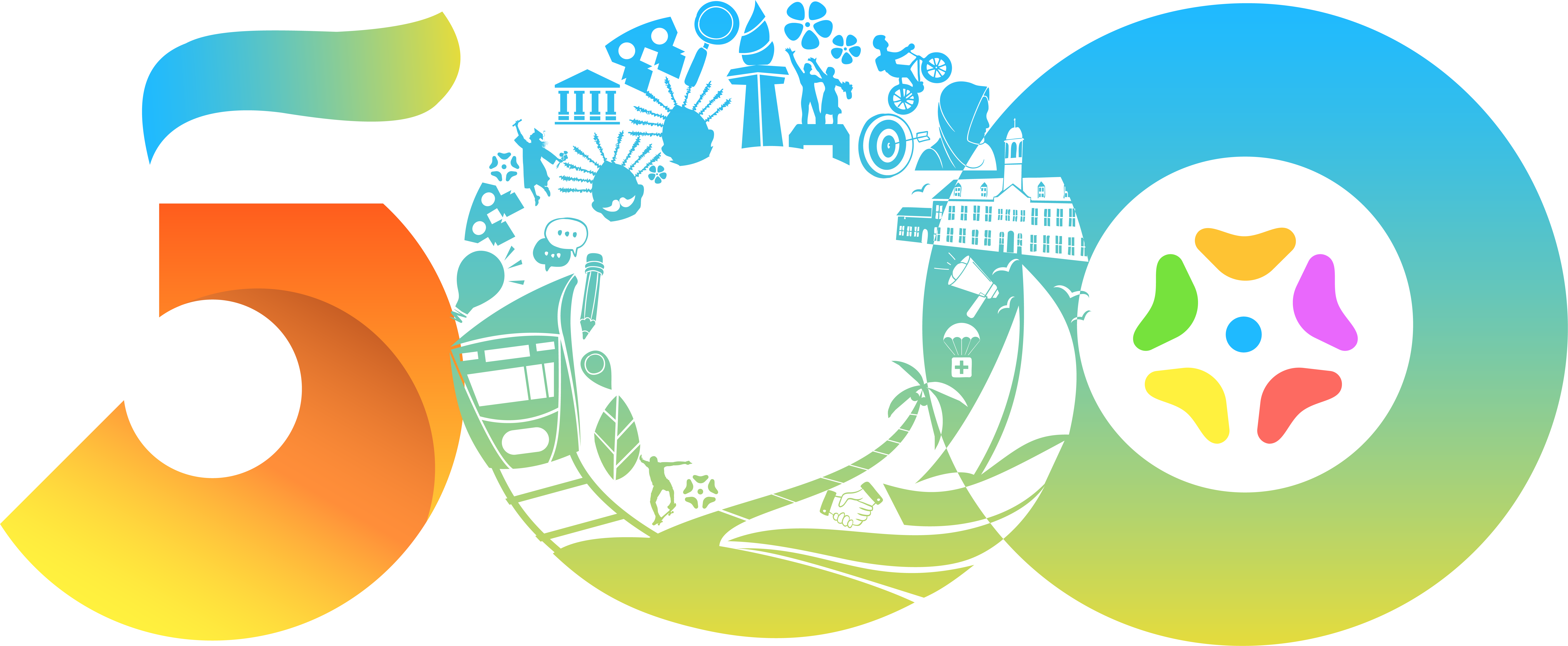LH Agency Takes Sample of Jakarta Bay Seawater to Confirm Paracetamol Pollution
Reported by Aldi Geri Lumban Tobing | Translated by Nugroho Adibrata
We 're committed to exploring and tracing the source of the pollution and taking steps to stop it
The Jakarta Environment (LH) Agency has taken samples of seawater in Ancol and Muara Angke waters following up on research results which state that there is a fairly high concentration of Paracetamol in Jakarta Bay.
Counseling and Public Relations Division Head, Yogi Ikhwan said, it was exactly taken to ensure the contamination, because of the occurrence of paracetamol pollution in 2017-2018 ago.
Satpol PP & Health Dept. Will Cooperate to Monitor PCC Drugs"Then identify the source of the pollution, thus steps will be taken to stop the pollution," he expressed, Monday (10/4).
He explained, the samples were then taken to the Regional Health Laboratory (Labkesda) for further action.
"It will take about 14 days," he explained.
According to him, sea water quality monitoring is conducted routinely at least every six months based on 38 parameters whose quality standards are regulated in Government Regulation number 22/2021 on the Implementation of Environmental Protection and Management. However, the contaminant parameters of Paracetamol are not specifically regulated in the regulation.
"We 're committed to exploring and tracing the source of the pollution and taking steps to stop it," he stressed.
As reported by LIPI researchers that theoretically the source of the remaining paracetamol in the waters of the Jakarta bay could come from three sources, namely, excretion due to excessive public consumption, hospitals and the pharmaceutical industry.
The high population in the Jabodetabek (Greater Jakarta) area and the types of medicines that are sold over the counter without a doctor's prescription, have potential as a source of contaminants in the waters. Meanwhile, potential sources from hospitals and the pharmaceutical industry can be caused by a wastewater management system that does not function optimally, thus residual drug use or drug manufacturing waste enters rivers and eventually into coastal waters.





